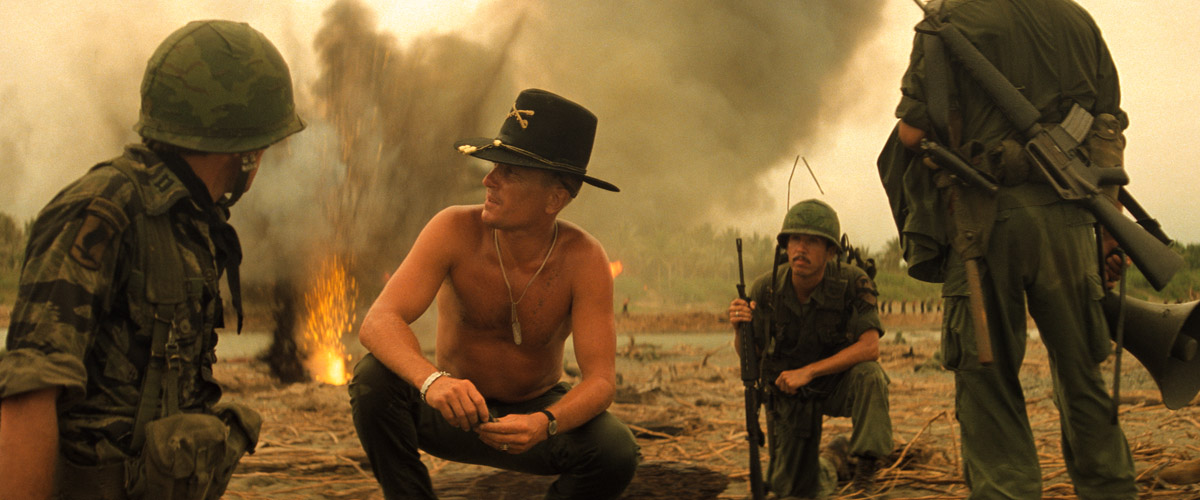I have an acquaintance—once a good friend, now an acquaintance; these things happen—who survived an act of political violence. Nearly one hundred people around her died. She was very close to the bomb but, as far as I know from our infrequent meetings, suffered neither serious injury nor persistent psychological trauma. Apocalypse Now is about violence and means/ends and the savagery of war and American failure in Vietnam and, yes, the heart of darkness within us all. It’s one of the most finely crafted and philosophically rich films ever made, which is even more impressive given the arduous circumstances of its creation. But the question that stays with me from the film is a simple one: how do human beings manage to witness such depths of horror and still transmit, generation after generation, the best parts of ourselves—kindness, love, hope for a better way? One might say that we don’t: that the suffering of the world is in large part the reproduction of internalized traumas. Or, conversely, that the modern world insulates most of us from the bloodiest atrocities. There is merit to these explanations, although I don’t find them wholly convincing—the beauty of human life is at least as immense as our cruelty, and as I grow older and take stock of the stories people have told me, especially about child abuse and neglect, I realize that atrocity is indeed everywhere. I don’t think Apocalypse Now answers, or even tries to answer, the riddle. But it forces the question upon us, presents its lineaments in exquisite (if brutal) detail, and hints—in a child’s silent gaze, in the ancient dance of bodies—that the answer, if not exactly inside us, nevertheless exists. 11 ↑ ↓
Apocalypse Now, directed by Francis Ford Coppola, performances by Martin Sheen, Marlon Brando, and Robert Duvall, 1979. Reviewed May 26, 2025.

Leave a Reply